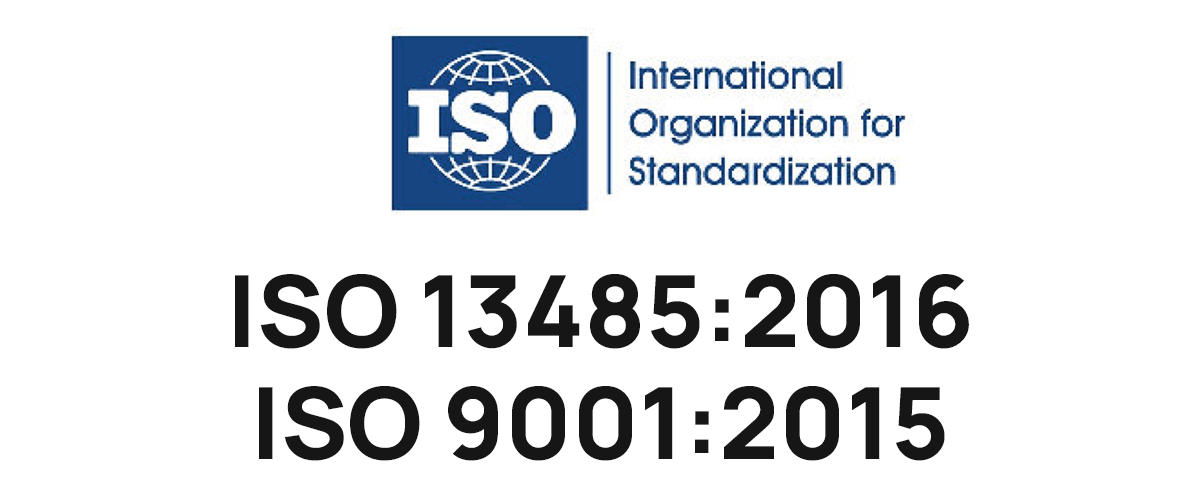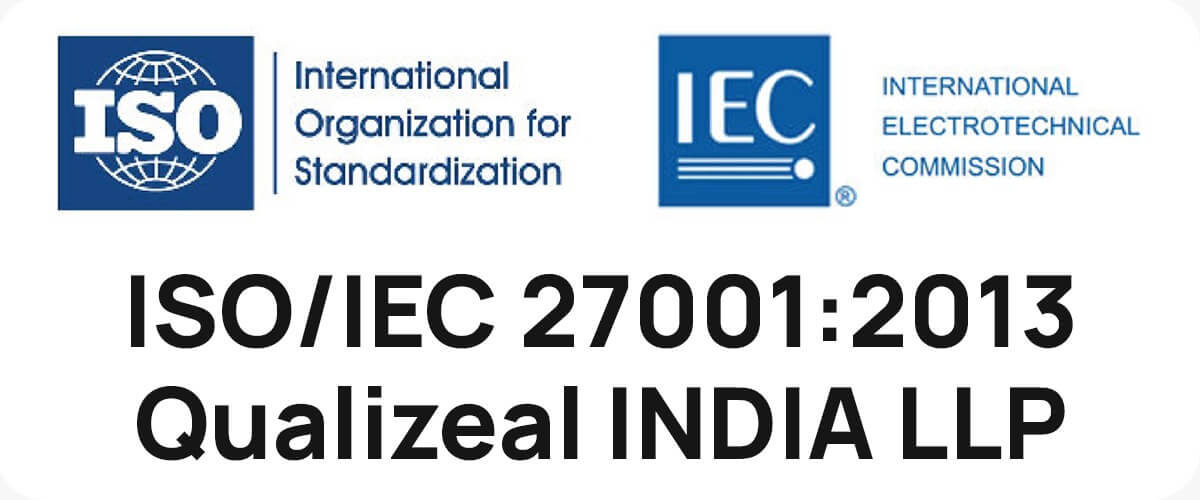The Internet of Things (IoT) revolution is transforming businesses, with McKinsey & Company estimating that the global IoT market could reach $1.6 trillion by 2025. However, this rapid increase poses significant testing challenges. According to Gartner, 75% of IoT projects face schedule extensions owing to testing difficulties. Critical challenges include device interoperability, security issues, and network scalability. According to a Bain & Company report, 45% of organizations prioritize IoT security. Furthermore, as the number of connected devices is predicted to exceed 75 billion by 2025 (Statista), maintaining seamless functioning and performance becomes increasingly challenging.

Challenge 1: Device Interoperability
Achieving flawless interoperability across a wide range of devices from numerous vendors is a challenging commitment. IoT devices frequently run on several platforms, employ numerous communication protocols, and function in various environments. Ensuring that these devices can connect and collaborate without problems is critical to the success of any IoT project.
Solution: Standardized Protocols and Comprehensive Testing Frameworks
Standardized communication protocols are vital for overcoming interoperability difficulties. Protocols such as MQTT, CoAP, and Zigbee enable devices to communicate more effectively. Implementing a thorough testing framework that incorporates end-to-end testing, compatibility testing, and real-world simulation can help to decrease interoperability problems considerably. Tools like IoTIFY and AWS IoT Device Tester can help organizations create realistic testing environments that simulate real-world settings.

Challenge 2: Security Vulnerabilities
Security is a primary obstacle in IoT implementations. According to HP research, 70% of IoT devices are vulnerable to hackers. The nature of IoT devices, which sometimes lack the processing capability for adequate security measures, makes them ideal targets for hackers.
Solution: Implementing Strong Security Protocols and Regular Updates
To reduce security threats, it is critical to establish effective security standards from the beginning. This includes data encryption, secure boot operations, and timely firmware upgrades. Penetration testing and vulnerability assessments should be part of the continuous integration and deployment (CI/CD) process. Platforms such as IBM Watson IoT Platform and Microsoft Azure IoT Suite can offer extensive security measures and frequent upgrades to secure IoT environments.

Challenge 3: Network Scalability
As the number of connected devices increases, managing a scalable network becomes more difficult. High device density can cause network congestion, latency difficulties, and higher data traffic, all of which have an influence on the overall operation of the Internet of Things.
Solution: Edge Computing and Advanced Network Management
Edge computing provides a solution by processing data closer to its source, decreasing the load on central servers and lowering latency. By outsourcing data processing to the edge, networks can manage larger loads more effectively. Furthermore, modern network management tools may assist monitoring and enhance network performance. Cisco’s IoT Control Center and FogHorn’s Edge Intelligence are two examples of solutions that offer powerful network management capabilities to assure scalability and dependability.

Challenge 4: Data Management and Analytics
IoT devices produce massive volumes of data, which can be difficult to manage and analyze. Ensuring data quality, relevance, and timeliness is crucial for making educated decisions and drawing meaningful conclusions.
Solution: Advanced Data Analytics and Cloud Integration
Advanced data analytics technologies and the integration of IoT devices with cloud platforms can help expedite data management. Cloud solutions such as Google Cloud IoT and Amazon Web Services (AWS) IoT Analytics provide extensive data processing and analytics capabilities. These systems can manage enormous datasets, provide real-time analytics, and include machine learning techniques for discovering hidden patterns and insights.

Challenge 5: Power Management
Many IoT devices are battery-powered, therefore power management is an important part of IoT testing. Keeping gadgets running effectively while saving battery life is a huge problem.
Solution: Low-Power Design and Energy Harvesting
Incorporating low-power design ideas and energy-harvesting technology can help IoT devices run more efficiently. Low-power communication methods such as Bluetooth Low Energy (BLE) and Zigbee can also aid to increase battery life. Thorough power consumption testing under various operational settings may help guarantee that devices fulfill power efficiency standards.

Challenge 6: Regulatory Compliance
IoT devices often must conform to a variety of regulations and norms, which might differ by area and sector. Ensuring compliance may be complicated and time-consuming.
Solution: Staying Updated with Regulations and Comprehensive Compliance Testing
Keeping up with regulatory changes and implementing compliance testing into the development process is critical. Using regulatory compliance tools and interacting with compliance professionals can assist you understand the intricacies of IoT laws. Platforms such as UL IoT Security Rating and the IoT Security Compliance Framework provide guidance and testing services to verify that devices fulfill regulatory requirements.

Conclusion
The explosive growth of IoT creates both huge potential and major concerns. Organizations may maximize the potential of their IoT projects by recognizing and tackling the primary problems in IoT testing, which include device interoperability, security vulnerabilities, network scalability, data management, power management, and regulatory compliance. Implementing established protocols, strong security measures, improved network management, and extensive testing frameworks are critical steps toward building a solid and dependable IoT infrastructure. Adopting these tactics will not only improve the performance and security of IoT devices but will also spur innovation and growth in this rapidly evolving industry.
In an era where IoT is revolutionizing every industry, ensuring flawless performance and robust security is non-negotiable. QualiZeal stands at the forefront of IoT testing, offering comprehensive solutions to tackle the most daunting challenges. With our expertise in device interoperability, security, scalability, and data management, we ensure your IoT ecosystem runs seamlessly and securely. Partner with QualiZeal to transform potential challenges into opportunities for growth and innovation. Ready to elevate your IoT solutions to the next level? Contact us at qzinfo@qualizeal.com to discover how our cutting-edge IoT testing services can drive your success. Let’s shape the future of IoT together!












